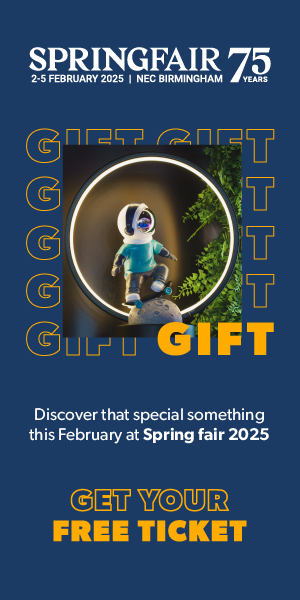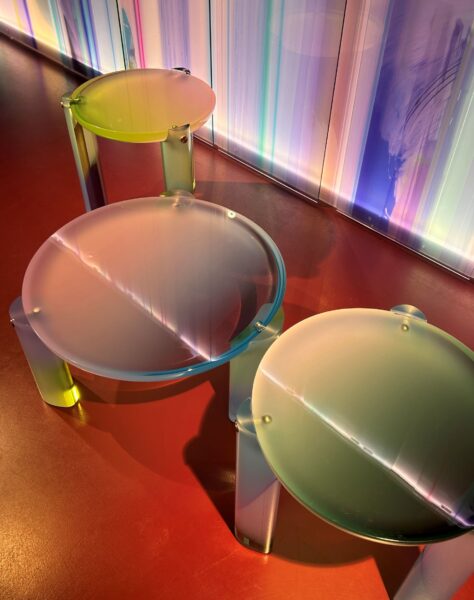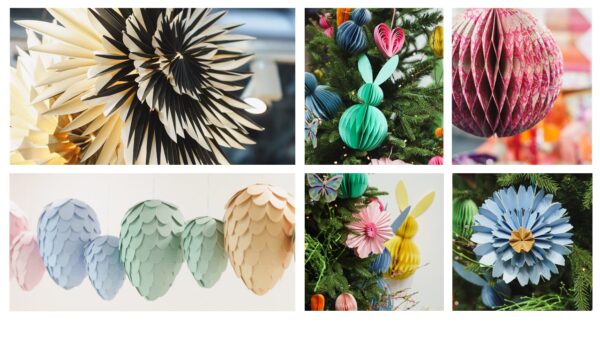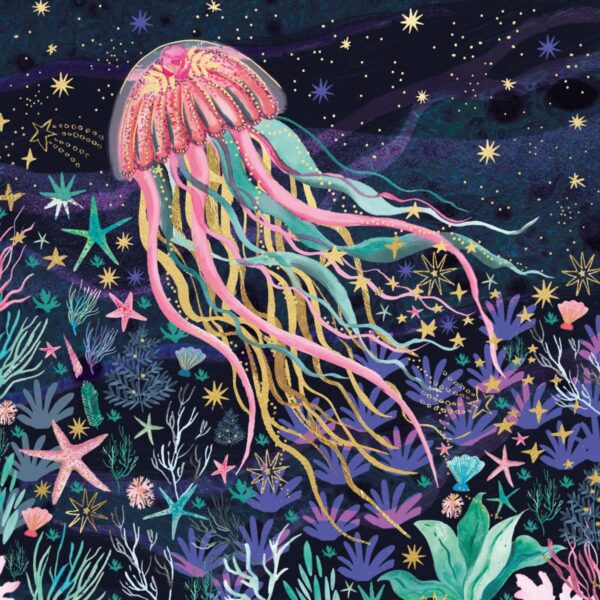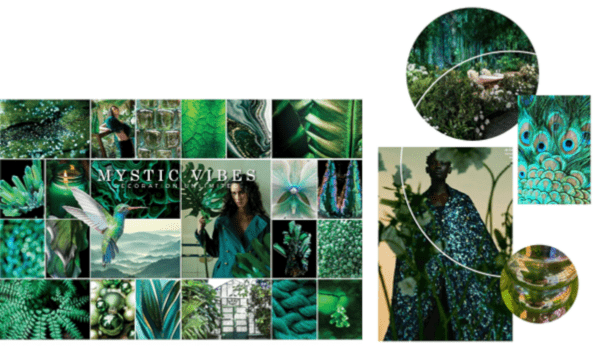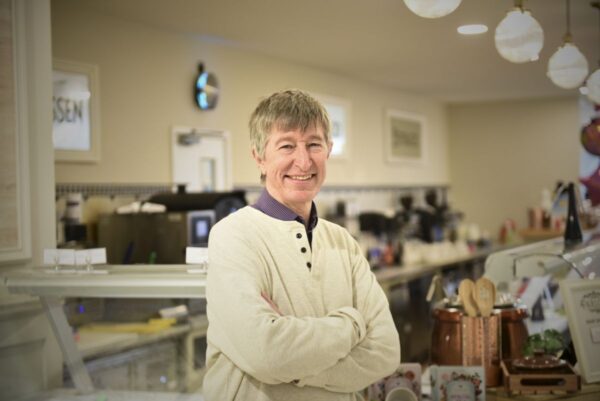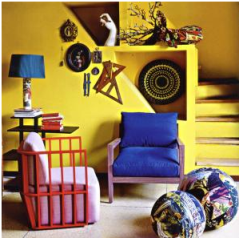 The WGSN hosted Trend Bar in Hall 6 will provide a unique insight into future trend directions for Spring Fair visitors, with daily briefings delivered by the WGSN experts.WGSN is the leading online trend-analysis and research service providing creative and business intelligence for the apparel, style, design and retail industries.
The WGSN hosted Trend Bar in Hall 6 will provide a unique insight into future trend directions for Spring Fair visitors, with daily briefings delivered by the WGSN experts.WGSN is the leading online trend-analysis and research service providing creative and business intelligence for the apparel, style, design and retail industries.
WGSN’s 150-strong editorial and design staff, noted for its significant industry experience, continually travels the globe to deliver insight and creative inspiration, real-time retail coverage, seasonal trend analysis, consumer research and business information.WGSN has pinpointed three key trend concepts for A/W 2012/13: Ecohedonism, Hyperculture and Radical Neutrality
Ecohedonism
Being sustainable and ecological is no longer a choice, but a necessity. Each object and every space must be conceived with the greater ecological good incorporated into its design process and product life. The Eco-hedonism trend focuses very specifically on the pleasure that the tactile beauty of nature brings. Here, we take the raw materials of the earth and transform them by the smallest amount in order to respect their integrity and spirit.
Texture is a major element, and is as visible to the eye as it is tactile to the hand. Natural surfaces, both rough and smooth, are key. However, this primordial luxury is also enhanced by some very refined mixes of materials and treatments, and some seemingly natural shapes in sustainable synthetic materials have actually been engineered by man. For, according to the principles of hylozoic design, “all matter has life”.Patterns are delicate and refined and appear to have been created by the weather: sun, rain, fog, ice and snow seem to have worn or deposited atmospheric motifs into and onto materials. Luminosity and obscurity bring a painterly quality to pattern. Eco-hedonism is a seasonal movement based on a profound, integrated, almost shamanistic understanding of nature, and the powerful pleasures it brings when treated with the utmost respect.

Hyperculture
Today, no culture stands alone: we live bathed in the 24-hour light of a multiplicity of cultures, both real and virtual. Cultures are based on nationality or ethnicity, religion or belief, sports or music, youth or age and in this vast melting pot, the cultural crossover experienced by any one person is rich, complex – and communicative.
Innovative pattern is one of the keys to Hyperculture. New motifs mix elements of north, south, east and west in vibrant juxtapositions that inspire delight, yet are so naturally a part of the zeitgeist, they seem to have existed forever. Patterns also travel through time – obscure historical patterns can be blended with brand logos to create cultural commentaries. Flashes of street art can be combined with strokes of fine art for a clash of techniques.
The crashing of cultures and the layering of design and process is both playful and provocative. Anything is possible.
Hyperculture is a global movement of mega-proportion, direction and dimension that mixes multiple cultures, times and techniques in endlessly inspiring combinations.

Radical Neutrality
In an exceedingly complex, polarised and politicised world, sometimes it’s necessary to adopt a radically neutral view. Balancing extremes, dissolving dissonance, and creating with moderation and reason demands both dedication and focus. Radical neutrality is the design version of fashion’s new modesty. This serene revolution focuses on intelligence, function and subtle decoration.
Shapes can be described as super-normal in simple, silent, well-designed contemporary archetypes. Eternally modern, they are understated yet clearly part of an overall concept. Colour is key, and present in colour-blocking techniques rendered in paint, veneer, glass, plastic, resin, wool or suede. Layers of colour, in transparent or opaque qualities, bring a luminous ambiance.
Structures are solid, and the number of objects and types of different surfaces are carefully chosen to enhance the atmosphere created by the intersection of shape, concept and colour. This space leaves room for reflection, place for pause. Radical neutrality is the new minimalism.







